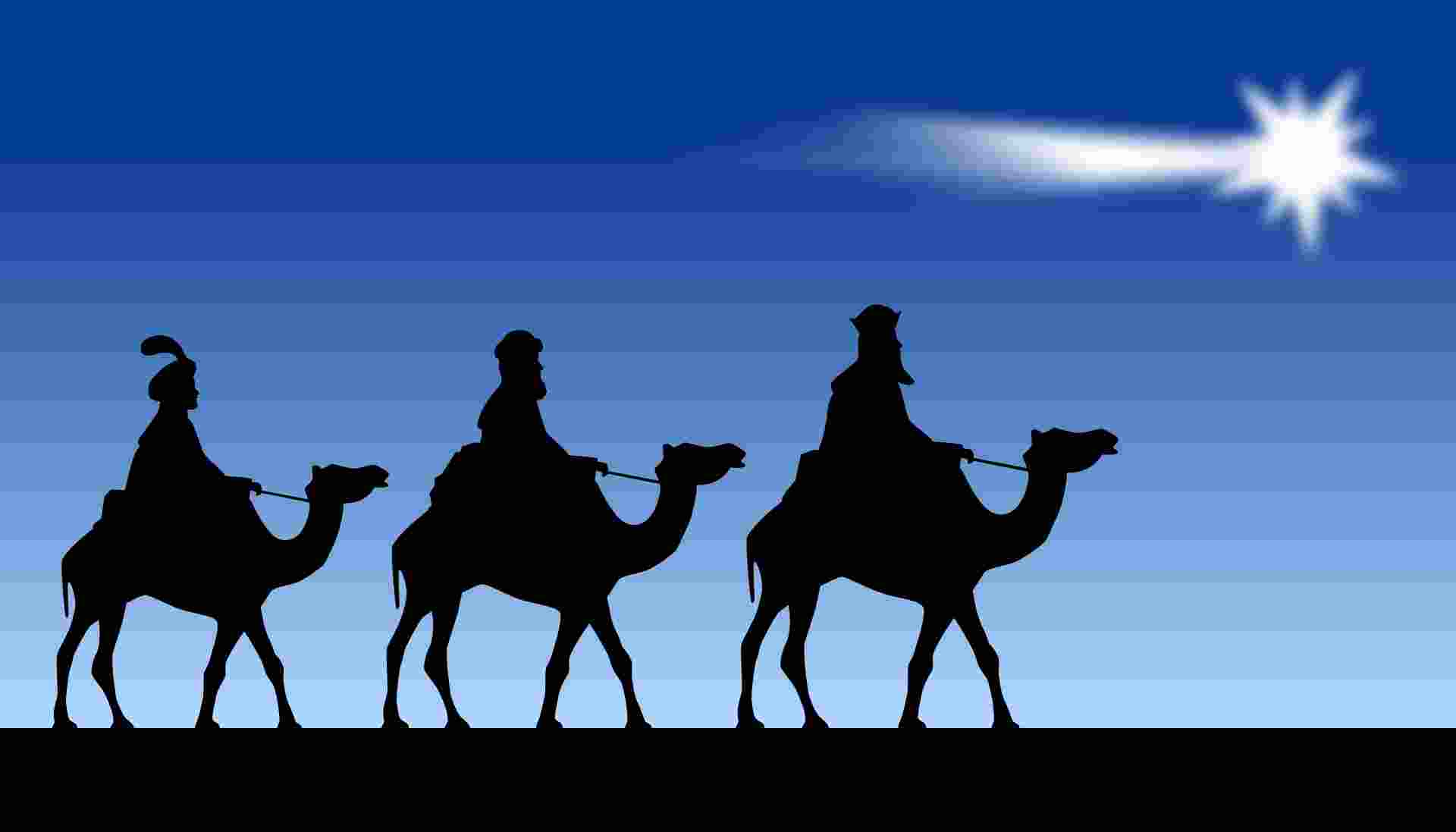Search Other Posts
Photo: https://medium.com/@WhiteFeather9/the-real-story-of-the-3-wise-men-2db6988859f8
Around Christmas time, there are many ways to consider the story of Jesus’ birth. I’ve always been fascinated by the idea of the Three Kinds, Wisemen, or Magi coming to bring Jesus gifts from afar, maybe because Christmas has always been about receiving gifts. Are there any connections between Hinduism and the story of Christs birth?
There are many ways to interpret the bible regarding the teachings of and about Jesus and I to some degree or other, I subscribe to all of them. I believe that there is truth at the heart of all beliefs. It’s impossible to verify the exact history most of what is written in the bible but I believe that regardless of its historicity, a mythical interpretation of the bible allows readers to understand the truths that the authors of the bible intended to teach, truths which I believe are larger than facts. Some of these truths are mirrored in the ancient vedic traditions of India.
Were the Three Kings Yogis? 3 Gifts
The story of Jesus’ birth speaks of the Magi, or Wise Men who came from the Orient and came bearing three gifts, gold, frankincense, and Myrrh. Could it have been that what the authors of the bible are referring to as “the Orient” were wise men from India? The gifts that were offered to Jesus by the Magi were not random and represent Jesus’ noble birthright, his god-nature, and portend his death and what that means for the spiritual evolution of humanity.
The first gift that Jesus received from the Magi was gold. Gold is a symbol of Jesus’ royalty and spiritual lineage, despite his humble beginnings of being born in a manger. It was important that in Jesus’ history he be born of the spiritual line of King David as was foretold by ancient prophets. Receiving gold is a symbol of that royalty.
Photo: https://www.exoticindiaart.com/product/paintings/shiva-parvati-bless-ganesha-worshipping-shiva-linga-OR70/
The second gift that Jesus received was Frankincense which is a symbol representing his divine nature. Frankincense is burned in holy ceremonies both in both Jerusalem and India and suggests the presence of god. Presenting Jesus with frankincense was a declaration to all that Jesus was god on earth. In Hindu terms, this god-on-earth quality would be known as an avatar and similar offerings of frankincense would be burned to honor deities known as avatars. One such avatar is Krishna, a god whose name sound remarkable similar to Christos.
Lastly, Jesus was presented with myrrh which is another incense used at funerals as well as sometimes as medicine. This symbol portended Jesus’ death. The fact that myrrh is also used as medicine suggest that in Jesus’ death there would be healing for the rest of humanity.
These three gifts that Jesus received were a part of a trinity of gifts that represent Jesus’ destiny. The notion of the trinity is very important not only to Christians but also to religious and spiritual traditions all over the world, including India or “the Orient.”
Trinity in Christianity and Hinduism
One important trinity in Christianity is the trinity of a human and earthly mother, Mary, being coupled with a faceless god, and creates Jesus, a third entity that is both human and god. This trinity is not unique to christianity.
A similar trinity that mirrors that of the Christos myth is that of Shiva, Shakti, and Ganesh. In this trinity, Shakti is represented by the woman who is earth, changeability, and humanity. She’s coupled with Shiva who is known perfect beingness, something that supersedes earth as indicated by gesture of feet in full lotus, not touching the ground. They create a child, Ganesh who is half human and half elephant, and represents the spirit and body coming together to create a divine third. Ganesh only becomes a god after he dies and is resurrected, something that mirrors the Christos myth perfectly.
One interpretation of these ideas presented in both Christianity and Hinduism is that we are all noble born, that we are children of the one great everything, whatever you call that, and that we are naturally divine because of that birth. Also that through our life as human beings, we evolve along a spiritual path that will ultimately end in death— literal, or perhaps interpreted only as the death of our old and simple way of seeing the Universe—and that we can be reborn into a truer knowledge of things as they truly are.
Whether or not you interpret the Christian or Hindu stories as literal or mythical, I hope that in this time of celebrating Jesus’ birth, we’ll appreciate the direction that these stories offer beautiful models which inform our own personal journey toward spiritual evolution.





